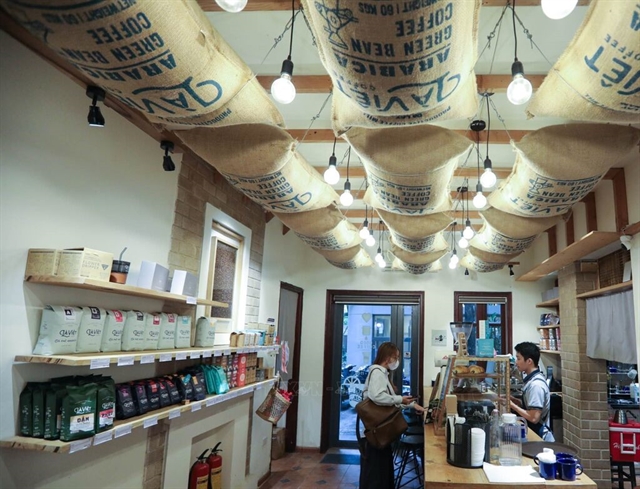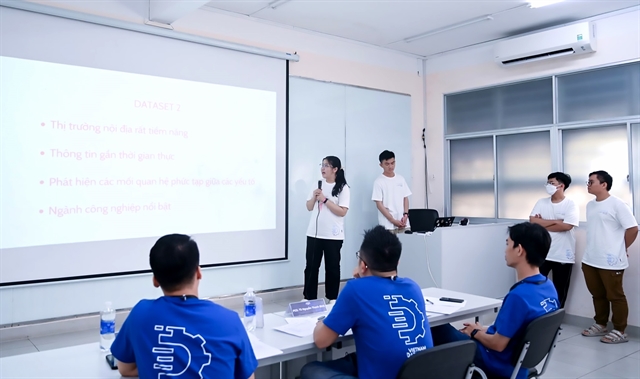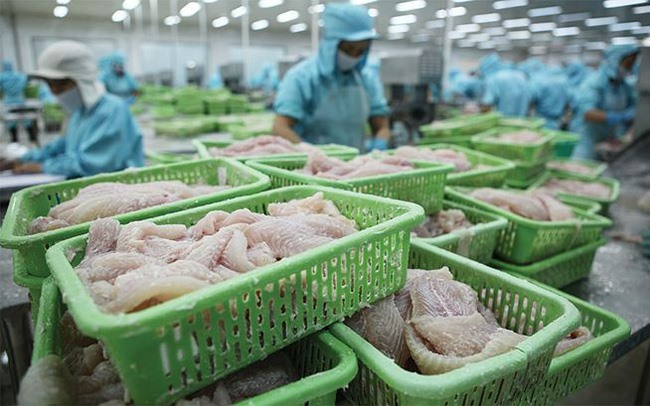 Economy
Economy

Seafood producers are finding it difficult to get their products onto domestic supermarket shelves due to a lack of detailed regulations about the minimum required performance limit (MRLP) applied to prohibited substances.
 |
| Seafood producers are finding it difficult to get their products on supermarket shelves. - Photo cafef.vn |
HÀ NỘI — Seafood producers are finding it difficult to get their products onto domestic supermarket shelves due to a lack of detailed regulations about the minimum required performance limit (MRLP) applied to prohibited substances.
In a document sent to State agencies in mid-September, the Việt Nam Association of Seafood Producers and Exporters (VASEP) said that Việt Nam had regulations about Maximum Residue Levels (MLR) on limited chemicals and antibiotics. However, regulations about MRLP had not been issued.
Due to the lack of MRLP regulations and different interpretations by supermarkets, firms were having difficulties getting their goods into local supermarkets.
VASEP said that local supermarkets were refusing to sell products that had even been accepted by the European Union.
According to the website of the European Commission, food may also contain residues of pesticides and contaminants to which animals have been exposed. In all cases, residues in food should not reach a level that will harm the consumer.
MRLP standards are set for substances that are prohibited in the EU. When tests on products show residue amounts below the MRLP, the product can be allowed into the market. Today, many Vietnamese animal products that are sold in the EU after meeting MRLP regulations are not accepted in local supermarkets.
VASEP has asked ministries on multiple occasions to issue regulations regarding MRLP so that seafood companies can start selling their products in local supermarkets, but has received no response.
According to Lê Thị Thanh Tâm, deputy general director of Sài Gòn Food JSC, seafood products were distributed through two channels in the domestic market: 68 per cent of companies eyed modern channels such as supermarkets and 32 per cent traditional channels such as traditional markets and small stores.
To increase local market share, experts said that Vietnamese seafood producers must focus on ensuring product quality, developing new products to meet consumer demands and investing in distribution networks.
No less important, unreasonable regulations must be removed.
Seafood products from Việt Nam reached export revenue of more than US$8 billion last year. Fisheries exports are forecast to reach $9 billion this year and $11.5 billion in 2020.
Still, experts said the domestic market was important to firms because it would help them overcome difficulties from technical barriers in foreign markets and the domestic market held high potential.
Trương Đình Hòe, VASEP’s general secretary, said that in the domestic market of nearly 100 million, around 80 per cent consumed seafood products.
Seafood production increased from 4.6 million tonnes in 2008 to 7.3 million tonnes in 2017.
According to the General Statistics Office, in the first nine month of this year, seafood production reached more than 5.5 million tonnes, rising by 5.9 per cent over the same period last year. — VNS




